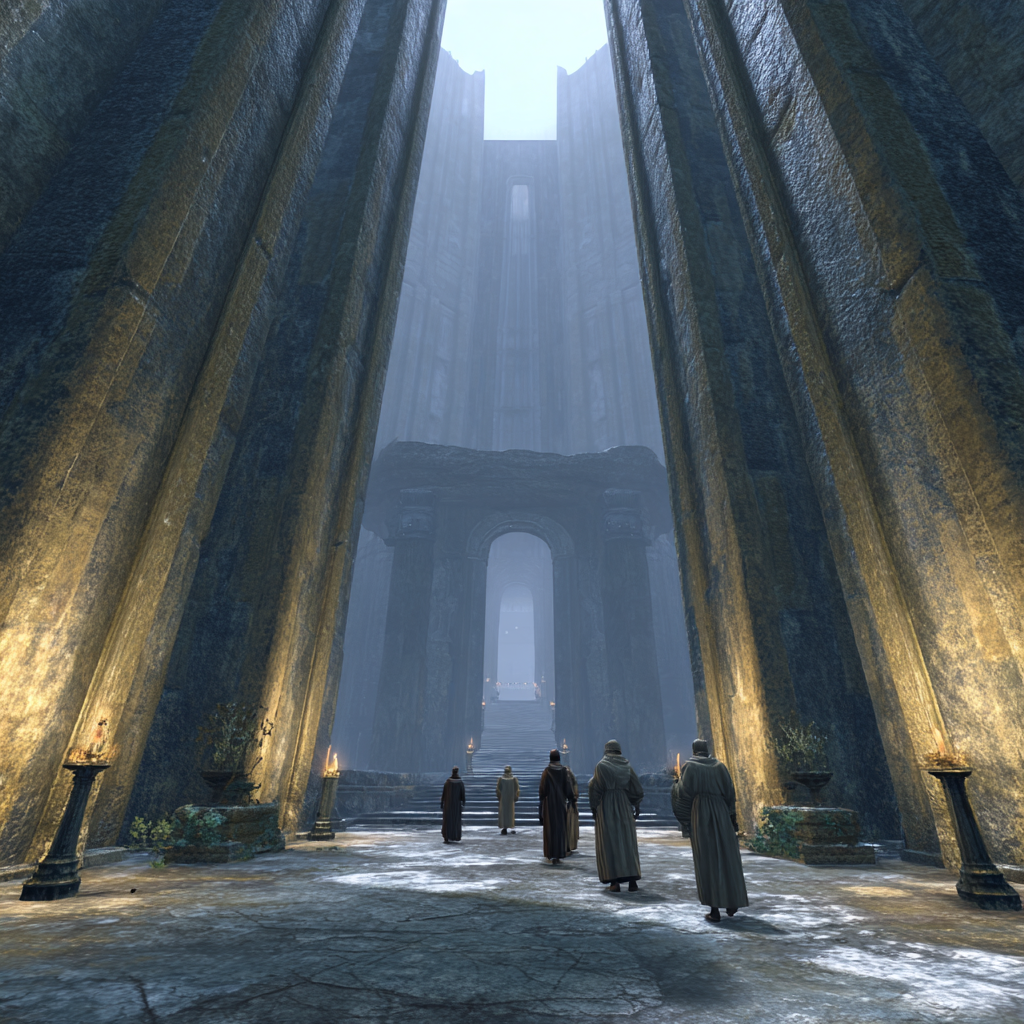The vast, meticulously crafted worlds of Morrowind and Oblivion are not merely backdrops for quests; they are protagonists in themselves, offering an unrivaled thrill of the game rooted in pure exploration and discovery. This emphasis on unguided adventure is a hallmark of The Elder Scrolls series, transforming every moment of play into a potential journey into the unknown and delivering countless rewards in the form of unique encounters, hidden lore, and breathtaking vistas. This focus on discovery underpins the entire virtual experience.
Morrowind’s Vvardenfell is a masterclass in alien landscape design. Its towering, mushroom-like flora, the desolate Ashlands dominated by Red Mountain, and the unique architecture of the Dunmer Great Houses create an utterly distinctive environment. The game famously provided no quest markers for most objectives, instead relying on detailed directional instructions from NPCs. This forced players to actively engage with the world, reading signs, studying maps (or creating their own mental ones), and truly exploring every nook and cranny. This inherent risk of getting lost contributed to the immense rewards of genuinely discovering a hidden cave, an ancient Dwemer ruin, or a forgotten shrine. Every corner turned could lead to a unique enemy, a rare artifact, or a compelling side story, making exploration its own skill-based challenge and the primary source of entertainment. The atmosphere, enhanced by its unique soundtrack, drew players deeper into its exotic embrace, a truly captivating virtual experience unlike any other in gaming.
Oblivion, while set in the more traditionally high-fantasy province of Cyrodiil with its rolling hills, lush forests, and gleaming imperial cities, still offered an immense world ripe for exploration. The introduction of the radiant AI system meant that the world felt more alive, with NPCs following routines and engaging in their own lives, adding a layer of authenticity to the virtual experience. While quest markers made navigation more convenient, the world was still packed with countless unmarked locations, hidden caves, ancient Ayleid ruins, and challenging Oblivion Gates that popped up randomly, ensuring that the thrill of the game was never far away. Stumbling upon a bandit camp, discovering a new Daedric shrine, or simply enjoying the serene beauty of the wilderness provided continuous rewards for curious players. The vastness of the map, coupled with the freedom to play as desired, made exploration a central pillar of its entertainment. Both games excel at creating a sense of wonder and discovery, proving that sometimes, the greatest payouts in a gaming experience come not from completing a quest, but from the unexpected joys found off the beaten path, transforming exploration into a fundamental part of their progressive play.



